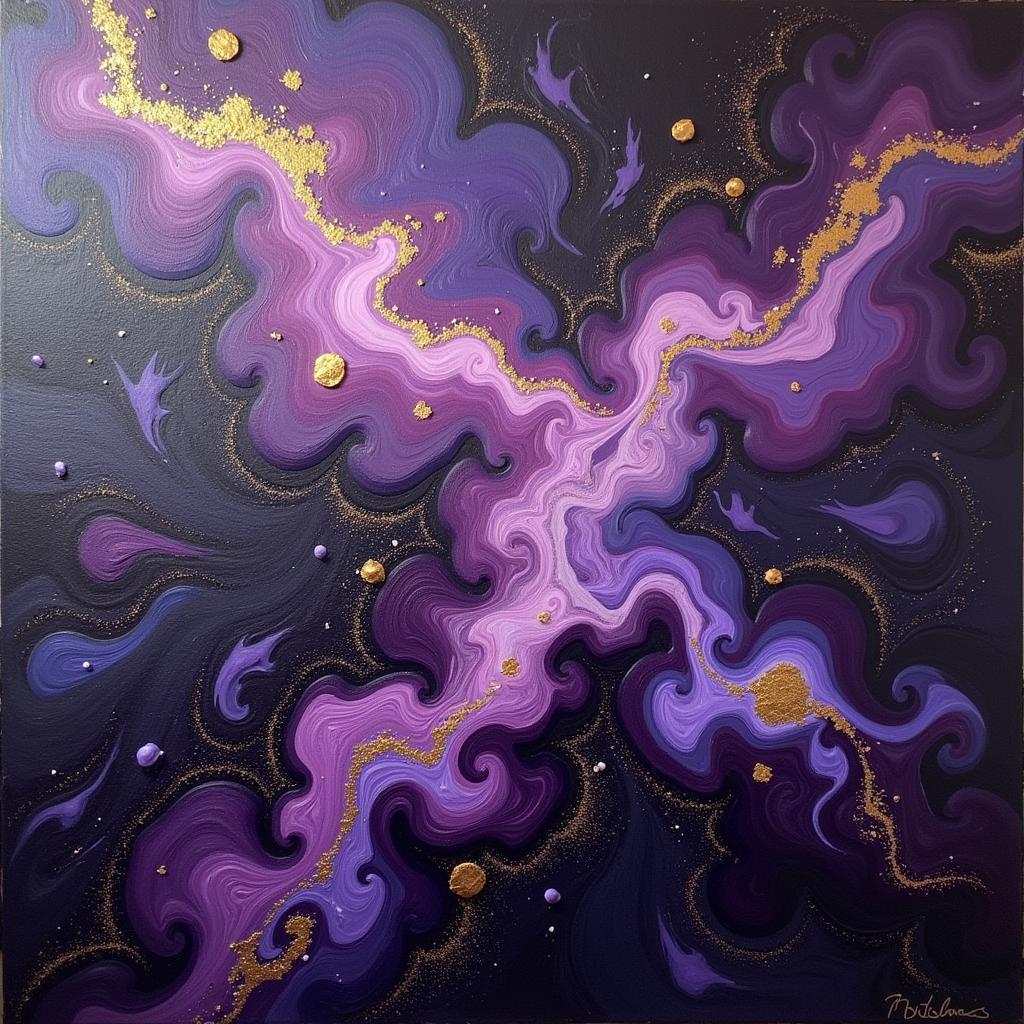Metal Cut Out Art: A Guide to the Intricate Beauty of Metalwork
Metal Cut Out Art is a captivating form of metalwork that involves the precise cutting of metal sheets to create intricate designs. The resulting pieces are often stunningly delicate, showcasing the artist’s skill and artistry. This guide will delve into the world of metal cut out art, exploring its history, techniques, and the unique beauty it brings to the world of art.
Exploring the History of Metal Cut Out Art
The origins of metal cut out art can be traced back centuries, with examples found in various cultures around the globe. In ancient Egypt, skilled artisans used metal cutouts to adorn tombs and temples, showcasing intricate patterns and deities. The art form thrived in different regions, with styles evolving over time.
The Renaissance witnessed a revival of metal cutouts, with artists incorporating the technique into their religious and secular works. The delicate metalwork became a popular medium for creating intricate borders, frames, and decorative elements. This era saw the emergence of skilled metalworkers who specialized in the art of cutting metal sheets, further advancing the technique.
Techniques of Metal Cut Out Art
The creation of metal cut out art involves a combination of precision, skill, and creative vision. Here’s a breakdown of the steps typically involved:
1. Design and Planning
The process begins with a design concept, which is often sketched or digitally drafted. The artist meticulously plans out the intricate details, considering the flow of lines, the interplay of negative and positive spaces, and the overall aesthetic appeal.
2. Material Selection
The choice of metal plays a significant role in the final piece. Artists may opt for various metals, each with its unique properties:
- Steel: Known for its durability and strength, steel is often used for larger, more robust pieces.
- Copper: A highly malleable metal, copper offers a warm, reddish hue that patinates beautifully over time.
- Brass: With its golden color and resistance to corrosion, brass is favored for its aesthetic appeal and durability.
- Aluminum: Lightweight and versatile, aluminum offers a clean, contemporary aesthetic and is often used for modern designs.
3. Cutting and Shaping
The heart of metal cut out art lies in the cutting process. Artists employ various tools and techniques to achieve precise results:
- Hand Cutting: Using hand tools like shears, snips, and saws, artists meticulously cut the metal following their designs. This method offers greater control and allows for intricate detailing.
- Laser Cutting: Modern technology enables precise laser cutting, offering greater speed and efficiency for intricate designs and complex shapes.
- Plasma Cutting: This method uses a high-temperature plasma stream to cut through various metals, offering versatility and speed for larger and more complex designs.
4. Finishing Touches
Once the metal has been cut, the piece is often further enhanced with finishing touches to enhance its appearance and durability:
- Polishing: This process smooths out the metal surface, highlighting its natural sheen and creating a polished, reflective finish.
- Patination: Through chemical reactions, artists can create a patina on the metal surface, adding a layer of texture and color that ages gracefully over time.
- Sandblasting: This technique uses an abrasive material to create a textured surface, adding depth and dimension to the piece.
Metal Cut Out Art: A Universe of Style
The beauty of metal cut out art lies in its versatility. Artists explore a wide range of styles, from traditional to contemporary, each with its own unique appeal:
1. Traditional Styles:
- Celtic Art: Known for its intricate knots, spirals, and geometric patterns, Celtic metal cutouts often feature animal motifs and spiritual symbolism.
- Gothic Art: Characterized by pointed arches, elaborate details, and often featuring religious imagery, Gothic metal cutouts exude a sense of grandeur and mysticism.
- Art Deco: This style, popular in the 1920s and 1930s, features geometric patterns, bold lines, and a focus on symmetry, showcasing a sleek and sophisticated aesthetic.
2. Contemporary Styles:
- Abstract Art: Artists utilize metal cutouts to create abstract forms, exploring shapes, lines, and textures to evoke emotions and inspire thought.
- Modern Art: Inspired by minimalist aesthetics, contemporary metal cutouts often showcase clean lines, simple forms, and a focus on negative space, creating a sense of serenity and elegance.
- Custom Art: Artists can create bespoke metal cutouts that reflect individual preferences, capturing personal stories, cherished memories, or unique designs for personalized gifts.
Metal Cut Out Art: A Timeless Art Form
The appeal of metal cut out art transcends time. From ancient artifacts to contemporary masterpieces, these pieces showcase the enduring beauty of metalwork. The meticulous craftsmanship, intricate details, and diverse styles continue to captivate art enthusiasts and collectors alike.
“The precision and artistry of metal cut out art is truly remarkable. It’s a testament to the skill and creativity of the artist,” says renowned art critic, Professor Amelia West.
Where to Find Metal Cut Out Art
The world of metal cut out art is rich and diverse, with pieces available in galleries, online marketplaces, and artist studios. You can explore the work of established artists, discover emerging talent, and find pieces that resonate with your personal aesthetic.
Looking for a unique and meaningful gift? Consider supporting an artist by purchasing a handcrafted metal cut out piece. It’s an investment in art that will be cherished for generations to come.
For an even more personalized experience, consider commissioning a custom metal cut out piece. Artists are often open to collaborating with clients, creating bespoke designs that capture their unique vision and stories.
FAQs
-
Q: What are the most popular subjects for metal cut out art?
A: Metal cut out art encompasses a vast range of subjects. Some popular themes include landscapes, portraits, floral motifs, animals, and abstract designs. The choice of subject ultimately depends on the artist’s style and the desired aesthetic.
-
Q: How do I care for my metal cut out art?
A: Depending on the metal used, care instructions may vary. Generally, it’s best to avoid harsh chemicals and abrasive cleaning agents. Dusting with a soft cloth is usually sufficient to maintain the piece’s beauty.
-
Q: What is the price range for metal cut out art?
A: The price of metal cut out art varies greatly depending on the size, complexity, materials used, and artist’s reputation. Smaller, simpler pieces may be available at lower prices, while larger, more intricate pieces can command higher prices.
Metal Cut Out Art: A Journey of Beauty and Craftsmanship
Metal cut out art is a testament to the enduring power of craftsmanship and artistic expression. From its ancient origins to its contemporary interpretations, this art form continues to captivate audiences with its intricate details, diverse styles, and the timeless beauty it brings to the world of art. Whether you’re an art enthusiast, a collector, or simply seeking a unique and meaningful piece, metal cut out art offers a world of possibilities.



